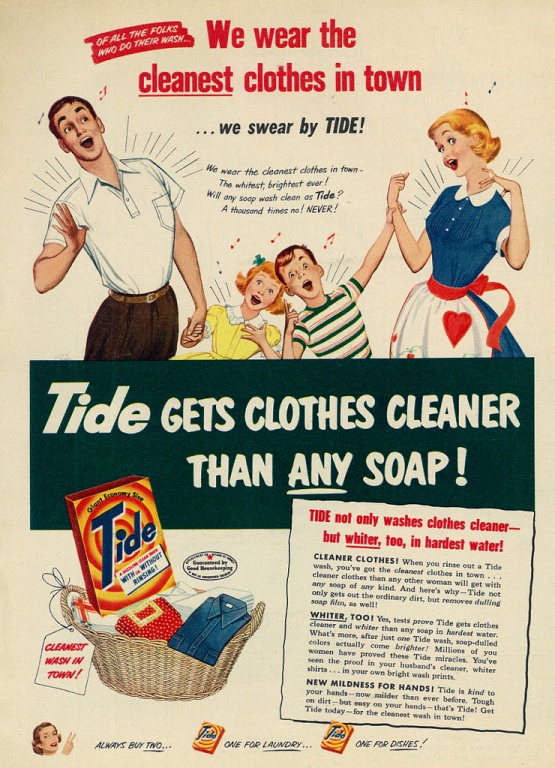From Movies to Marketing: Maximize Your Storytelling
Date
Engaging learners without compromising the message is a challenge faced by any industry. Teachers, advertisers, and entertainment professionals all know that good storytelling structure is the best foundation on which to build their message. Stories compel us more than anything else, igniting our own experiences through those of our fellows. Our relationship to stories begins in childhood and continues throughout our lives, and whether or not we notice, there are two primary categories of the stories we tell: genre (what kind of story is this?); and structure (how is it told?).
Storytelling structure is a long-established, familiar formula that still enables originality. Legendary screenwriters and educators such as Syd Field, Robert McKee, and Blake Snyder have taught this “formula” to legions of successful Hollywood screenwriters. The formula is predictable and effective, enabling educators, presenters, and storytellers of all sorts to employ these techniques and improve their own messaging. This structure not only enhances audience comprehension, but more effectively reaches disengaged listeners as well.
The Premise
The central core of most any compelling story begins with a comparison of “The Way It Is Now” versus “The Way It Could Be.” All good stories are about some kind of transformation, whether personal or societal: Cinderella to Dr. Zhivago; Sense and Sensibility to Star Wars. From this simple principle, a central thesis is imbued into the storyline.
The Three-Act Play
Next, the central thesis sets the stage to construct a more familiar classical three act play. At its heart, this is structured as:
1. Exposition. The set-up gives the audience context—theme, situation, environment and major players—for everything that happens subsequently. In James Cameron’s blockbuster film Avatar, the protagonist Jake Sully states outright, “All I’ve ever wanted in this miserable life is to find something worth fighting for.” This ignites the rest of the story: the protagonist is faced with a choice where some kind of action is necessary for survival. Blake Snyder calls this “stasis equals death.” Depending on the complexity, this is where stakes are raised on a reluctant protagonist before something pushes them into action.
![]()
2. Conflict. All change requires conflict and all great stories involve change. Of course, conflict doesn’t just indicate physical arguments or combat. The manner and variety of challenge that must be overcome is endless. An antagonist doesn’t always mean a classical “bad guy”; it can be contradictory ideology, inanimate objects, emotional demons, or even rough topography. In Pride and Prejudice, one of the antagonists facing Elizabeth Bennett is societal expectations of women. The more powerful the forces against a protagonist, the greater the drama, as well as any potential achievement and success.
3. Resolution. Almost universally, the story’s payoff doesn’t occur until the tail end of the third act, the “finale.” It usually seems certain the protagonist will not succeed. Snyder uses three terms to describe this progression: the “bad guys close in,” followed by an “all is lost” section, concluding with the even more desperate “dark night of the soul” realization. While this particular progress is easily identifiable in war epics and battle scenes, it holds true even in romantic comedies. In Bridget Jones’ Diary, the title character experiences this progression while jogging the snowy London streets in her underwear. The finale typically culminates in triumph that validates the story’s primary thesis and rewards the protagonist.
3-Hour Epic to 30-Second Bite
If this all seems too complex for a single PowerPoint presentation, consider how an advertiser might employ this structure in a laundry detergent commercial.
Envision a harried parent. Their active child comes home with mud and grass stains every day, and their current laundry soap leaves stains untouched. Something has to change. The parent starts asking other parents what they use, and no one has an answer. Desperate, they buy an assortment of different detergents at the grocery store. Finally, after nearly giving up, they reach for one last bottle: “New, Improved Blamo.” To the parent’s delight, it works! They enjoy their sparkling clean clothes and a happy, well-adjusted kid who is now set for lifelong success.

Consider Your Structure
This familiar, formulaic structure has a place in your story. How can you frame your messaging, beginning with: What is the current situation, and what needs to change? In your boardroom presentation, take a moment to set the stage of what came before, and how your solution—the “after”—improves upon it. In your classroom, open up your lesson by asking what we could do better. Consider presenting less-efficient, just-slightly-incorrect answers to whisk a bit of conflict into the mix: Can you spot what’s going wrong here? What aren’t we seeing?
By thinking of your learning module, lesson, or presentation as a “mini-movie” with a solid storytelling structure, you could create something compelling that greatly improves the learning experience. Give it a whirl: you might find the process itself a fun and engaging story, with you and your learners as the protagonists.
Questions to Kick-Start Your Narrative
When planning your messaging, see if any of the questions below provide a launchpad:
- What is “the way it is now”? What is the “way it could be”?
- Who is the protagonist and what is their problem or challenge?
- What change is necessary? Who or what does this change affect?
- What is their goal?
- Who is against this goal? What is their reasoning? Is it legitimate?
- What is the inciting incident that moves the protagonist to action, the catalyst for change?
- Does the antagonist surrender? Lose outright? Convert to the protagonist’s side?
- Who does your audience root for? What emotion are they left with?

